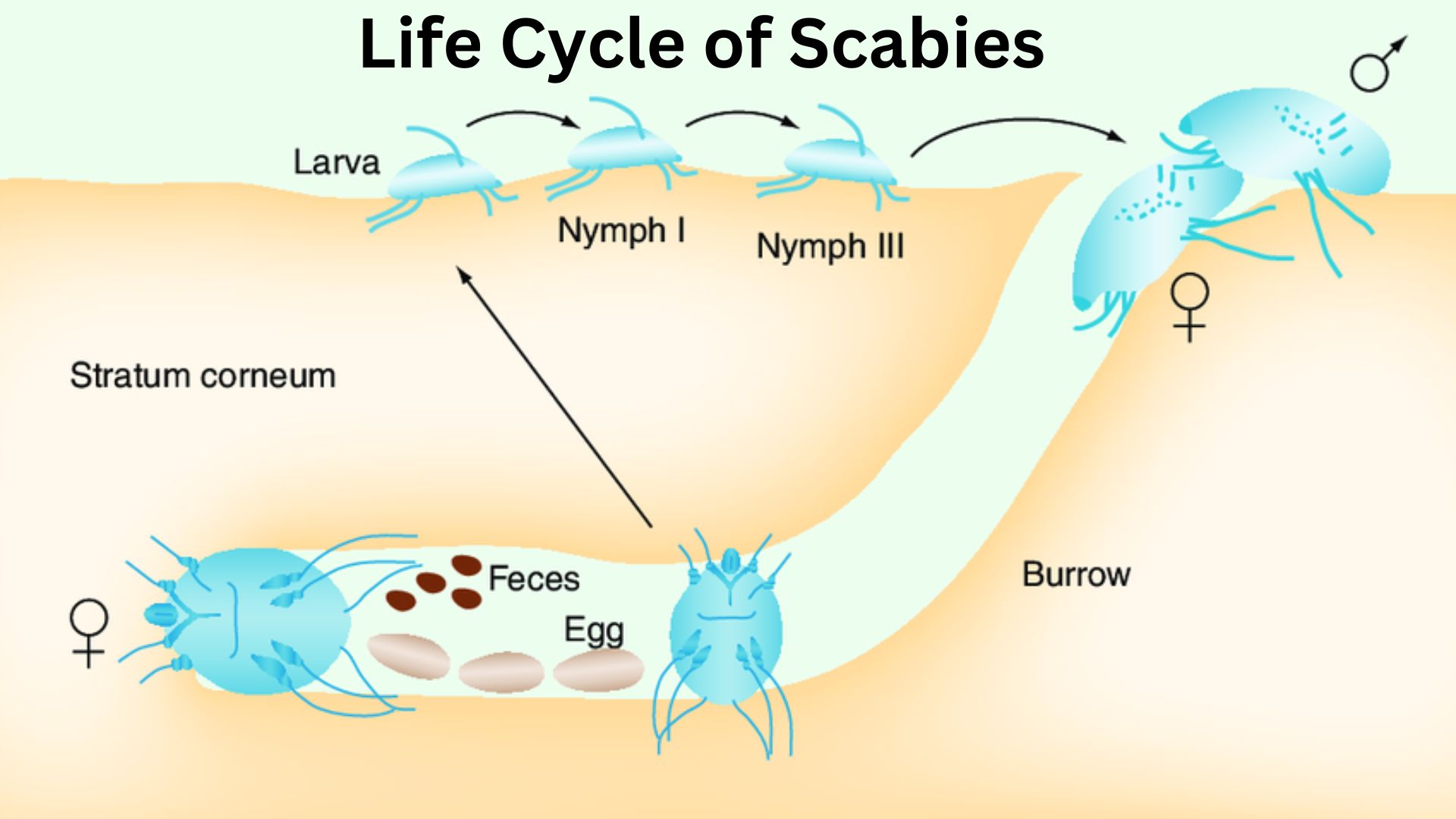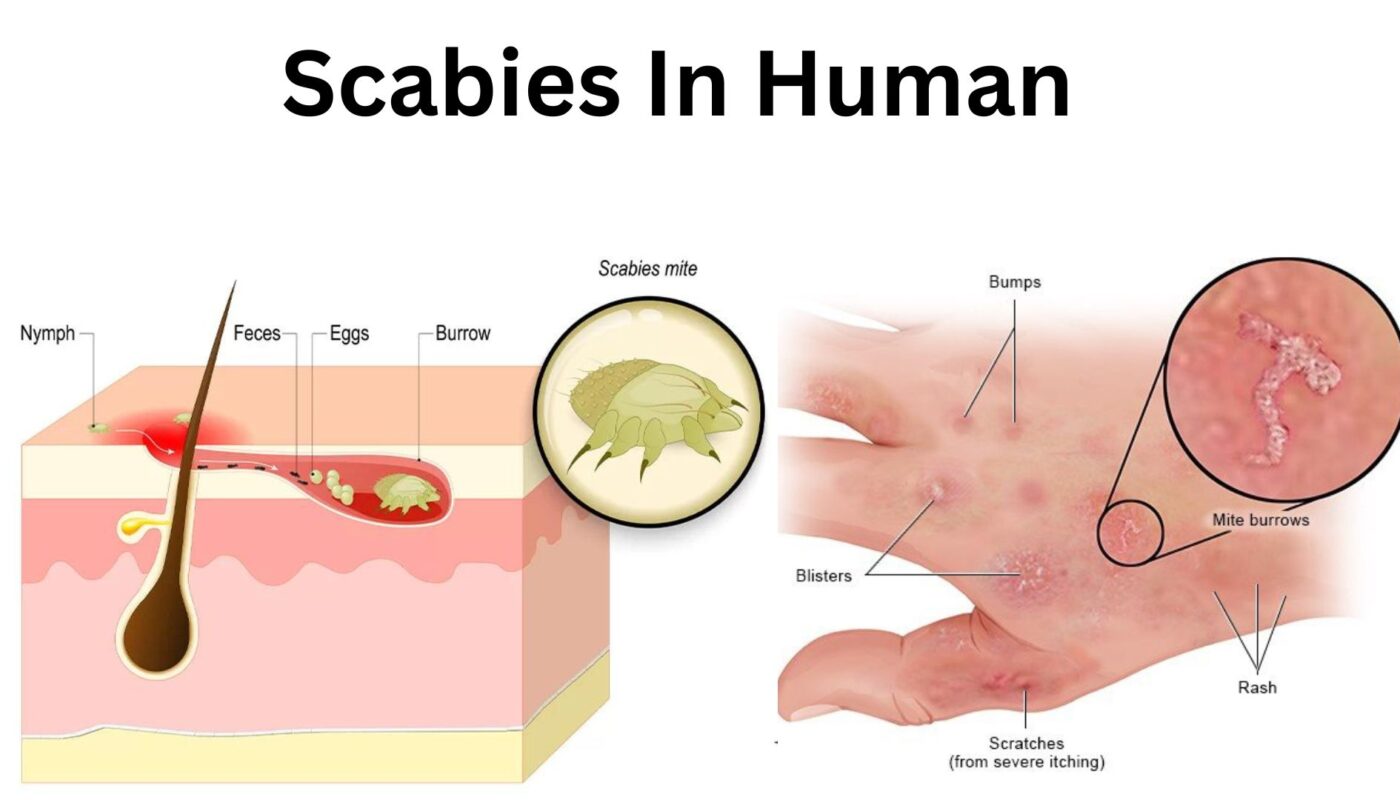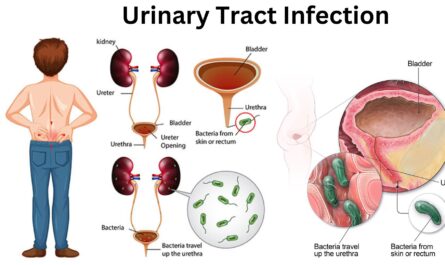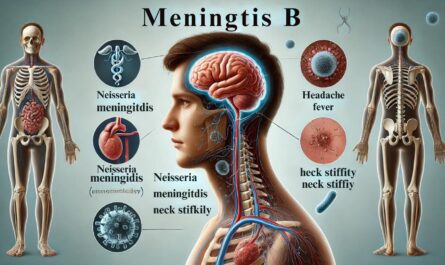Diagnose Scabies and Mite Infestation
Understanding Scabies
Scabies is a skin infestation caused by a tiny mite called Sarcoptes scabiei. These microscopic mites burrow into the upper layer of the skin where they live and lay eggs. This condition is characterized by intense itching and a pimple-like skin rash. The itching is often worse at night, and the rash can appear on various body parts, such as between the fingers, around the waist, in the armpits, and around the genital area.
They are highly contagious and can spread quickly through direct skin-to-skin contact or through sharing clothing, bedding, and furniture with an infected person. They are a global health problem affecting people of all races, ages, and socioeconomic statuses. The condition is more prevalent in crowded living conditions, where close body and skin contact is more common.
The Cause of Scabies in Humans
The direct cause of scabies in humans is a skin infestation caused by the Sarcoptes scabies mite. Female mites burrow into the skin to lay eggs, leading to an allergic reaction and intense itching. The mites are tiny, only about 0.3 to 0.4 millimeters long, and are not visible to the naked eye. The human scabies mite’s life cycle includes egg, larva, nymph, and adult stages, and it takes place entirely on the skin. The cycle from egg to adult mite takes about 10 to 14 days.
The Global Impact of Scabies
Scabies is a significant global health issue, with an estimated 200 million people affected at any time. It is particularly prevalent in tropical and subtropical regions but occurs in all parts of the world, including developed countries. They can affect individuals of any age but are most common among children and young adults. The high contagion factor of scabies contributes to its spread in households, schools, and healthcare facilities, making it a challenge for public health systems worldwide. In addition to their physical symptoms, They can profoundly impact the quality of life, causing distress, social stigma, and economic burden.
Identifying the symptoms of Scabies Mite
Common Symptoms and Signs of Scabies
The primary symptom of scabies is intense itching, especially at night. The reaction to the mites and their eggs causes itching. Other common symptoms include:
- A rash that appears as small bumps, sometimes forming a line where mites have burrowed.
- Sores are caused by scratching, which can become infected by the skin’s surface.
- Thick crusts on the skin where large numbers of mites have burrowed are known as crusted or Norwegian scabies, a severe condition.
These symptoms usually appear two to six weeks after infestation for those who have never had scabies. Symptoms can occur within a few days for those who have.
How Scabies is Diagnosed
Scabies are diagnosed primarily through physical examination and patient history. A healthcare provider will look for signs of mite holes in the skin and may use a magnifying glass to aid in the identification. Sometimes, a skin scraping or biopsy may be performed to obtain a sample that will be examined under a microscope for mites, eggs, or fecal matter.
Complications Associated with Scabies
If left untreated, they can lead to several complications, such as:
- Secondary skin infections, like impetigo, are caused by bacteria entering the skin through sores or scratches.
- Severe itching can lead to skin damage, scarring, and infection.
- In people with weakened immune systems, the infestation can lead to crusted, a more severe form of the disease.
Treatment Options for Scabies
Standard Treatments for Scabies
The cornerstone of scabies treatment involves prescription medications known as scabicides, which kill scabies mites and sometimes their eggs. Due to its effectiveness and safety profile, permethrin cream (5%) is the most commonly prescribed medication. It’s applied over the entire body from the neck down and washed off after 8 to 14 hours. For individuals unable to use permethrin, other options include:
- Ivermectin is an oral medication often reserved for severe cases or when topical treatments fail. It’s also used for crusted scabies, a more severe disease.
- Lindane: An alternative topical treatment, although less commonly used due to potential neurotoxicity, especially in children and pregnant women.
- Crotamiton cream or lotion and sulfur ointment: Other options, although they may be less effective than permethrin and ivermectin.
Treatment must often be repeated after a week to eliminate all mites and their eggs.
Home Remedies and Over-the-Counter Solutions
While prescription treatments are necessary to eradicate scabies, some home remedies and over-the-counter products can help alleviate symptoms:
- Tea Tree Oil: Known for its anti-parasitic properties, it may help relieve itching and heal the rash. However, it does not kill the mites responsible for scabies.
- Aloe Vera: Pure aloe vera gel can soothe the skin and may help with itching. Choose a product without additives for the best results.
- Antihistamines: Over-the-counter antihistamines can relieve itching and are especially helpful at night.
It’s critical to note that while these remedies can provide symptom relief, they do not replace the need for prescription medications to treat scabies infestations.
What to Expect During Treatment
After beginning treatment for scabies, it’s common to experience continued itching for several weeks. This does not necessarily indicate treatment failure but is a reaction to the dead mites in the skin. If new burrows appear or the itching worsens, a healthcare provider may be necessary to consult about additional treatment. Complete adherence to treatment instructions is essential for eradicating the infestation.
Preventing symptoms and causes scabies
Preventive Measures and Best Practices
Preventing scabies involves avoiding contact with an infected person or their belongings. Regular handwashing, maintaining personal hygiene, and frequent laundering of clothes, bedding, and towels in hot water followed by high-heat drying can help prevent an infestation.
- Personal hygiene: Regular washing of the body and clothes can help, although scabies are not caused by poor hygiene.
- Please avoid direct contact: Minimize skin-to-skin association with someone with scabies until they complete treatment.
- Use protective barriers: When necessary, use gloves or other barriers if you are in contact with an infected person.
Managing Household and Close Contacts
Since scabies can spread rapidly among people in close contact, treating all household members and close contacts simultaneously is crucial, even if they show no symptoms. This proactive approach helps prevent the cycle of reinfestation.
- Wash fabrics: Bedding, clothing, and reinfestation. The infested person should be washed in hot water and dried on a high heat setting 48 hours before treatment.
- Vacuum furniture and carpets: While fumigation isn’t necessary, vacuuming can help remove any mites or eggs that have fallen off the host.
Tips for Avoiding Reinfestation
By combining effective treatment with dilReinfestationive measures, individuals can manage scabies infestations and reduce the risk of spreading the condition to others. Anyone suspecting they have scabies should seek medical advice promptly to start treatment and advise close contacts to do the same.
- Vacuuming: Regular vacuuming of furniture, carpets, and all areas of the home is recommended. Vacuum bags should be disposed of immediately after cleaning.
- Isolation of Non-Washables: Items that cannot be washed, such as stuffed animals and pillows, should be sealed in plastic bags and stored for at least 72 hours to ensure that any mites on them die.
- Personal Items: Personal items such as combs, brushes, and accessories should be disinfected or replaced.
- Awareness and Education: Understanding the signs of scabies and taking swift action on the first symptoms can prevent widespread transmission.
Understanding the Transmission of Scabies
How Scabies is Spread
Scabies is a contagious skin condition caused by the tiny Sarcoptes scabies mite. The primary transmission mode is a prolonged skin-to-skin association with an infected person, allowing mites to crawl from one host to another. It’s a common misconception that they may be spread through casual contact or sharing items such as clothing or bedding. However, while less common, it is possible to contract from infested items because the mites can survive without a human host for 48-72 hours.
This condition is notorious for its intense itching and rash, symptoms that arise from an allergic reaction to the mites, their eggs, and their waste. The itching is usually worse at night, and burrow tracks, tiny blisters, and bumps on the skin are hallmark signs of scabies. Also, please visit my other post, Sonography Tech.
High-Risk Environments and Populations
They do not discriminate by social class or cleanliness; anyone can get scabies. However, some environments and populations are at higher risk due to closer physical contact or communal living situations. These include:
- Childcare facilities: Young children often play in close contact and share bedding or toys, facilitating their spread.
- Schools: Similar to childcare settings, schools can see outbreaks, especially among younger children.
- Nursing homes and long-term care facilities: Older people and people with compromised mobility or immune systems are at higher risk, compounded by the close living quarters.
- Prisons and jails: The high population density and close contact can lead to outbreaks.
- Households: Households can spread rapidly among family members once introduced into a home.
The Lifecycle of the Scabies Mite
The lifecycle of the scabies mite begins when the female mite holes into the upper layer of the skin to lay eggs. This process creates the characteristic caves that can be seen as tiny raised lines on the skin, often accompanied by a rash and severe itching. After 3-4 days, the eggs hatch into larvae, which move to the skin surface, mature into adults, and the cycle continues. The lifecycle from egg to adult mite takes about 10 to 14 days.

Living with Sarcoptes scabiei
Emotional and Social Impact
Scabies can have a significant emotional and social impact on affected individuals and their families. The persistent itching and visible rash can lead to embarrassment, social isolation, and anxiety. Misconceptions about the condition being related to poor hygiene can exacerbate feelings of shame and distress. Children, in particular, may face bullying or stigmatization from peers.
Support and Resources for Affected Individuals and Families
Awareness and education are vital to reducing stigma and supporting those affected by this condition. They require medical treatment to eradicate the mites and supportive measures to address the psychological and social effects. Here are some strategies and resources for support:
- Seek prompt medical treatment: Early diagnosis and treatment can reduce the physical discomfort and prevent the spread of scabies to others.
- Educate yourself and others: Understanding that they are unrelated to personal cleanliness can help reduce stigma. Sharing accurate information with family, friends, and educators can foster empathy and support.
- Community and online support groups: Connecting with others who have experienced scabies can provide emotional support and practical advice on managing the condition.
- Mental health support: If the social or emotional impact is significant, counseling or therapy can help individuals cope with anxiety, depression, or distress.
- Prevent reinfestation: Follow your healthcare provider’s instructions for infestation and home decontamination to prevent re-infestation. This includes washing all clothes, disinfecting bedsides in hot water, and vacuuming furniture and carpets.
FAQs about itch Scabies
Q1: What is scabies, and how is it transmitted?
It is a skin condition caused by the mite Sarcoptes scabiei. It primarily spreads through prolonged skin-to-skin contact with an infected person.
Q2: Can scabies be treated at home?
Home treatments can alleviate symptoms, but prescription medications from a healthcare provider are necessary to eradicate the mites.
Q3: What are the symptoms of scabies?
Symptoms include intense itching, especially at night, and a rash with tiny bumps and blisters. You may also see thin, irregular burrow tracks of small blisters or bumps on the skin.
Q4: How can I prevent spreading it to others?
Limit direct skin-to-skin contact, and ensure all clothing, bedding, and towels the infected person uses are washed in hot water and dried on a high heat setting.
Q5: How long does it take for symptoms to appear after being infected?
Symptoms can take 4-6 weeks to appear for someone who has never had c. For those who have had it before, symptoms can occur in as little as 1-4 days after re-exposure.




2 thoughts on “Scabies In Human | Rash & Mites, Symptoms and causes”